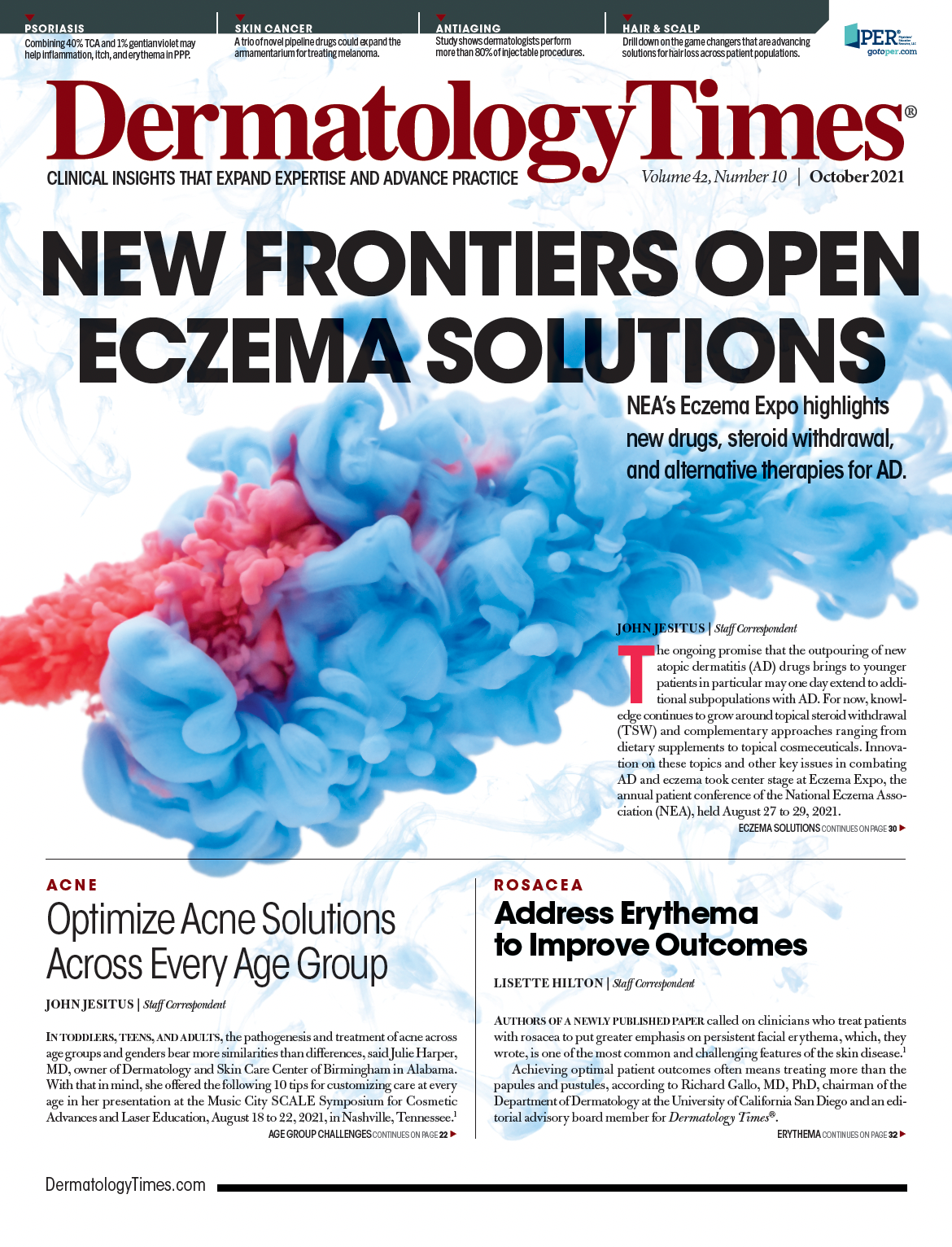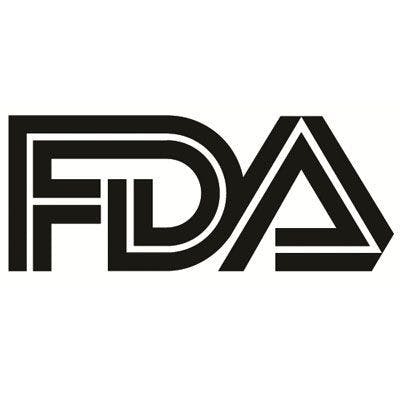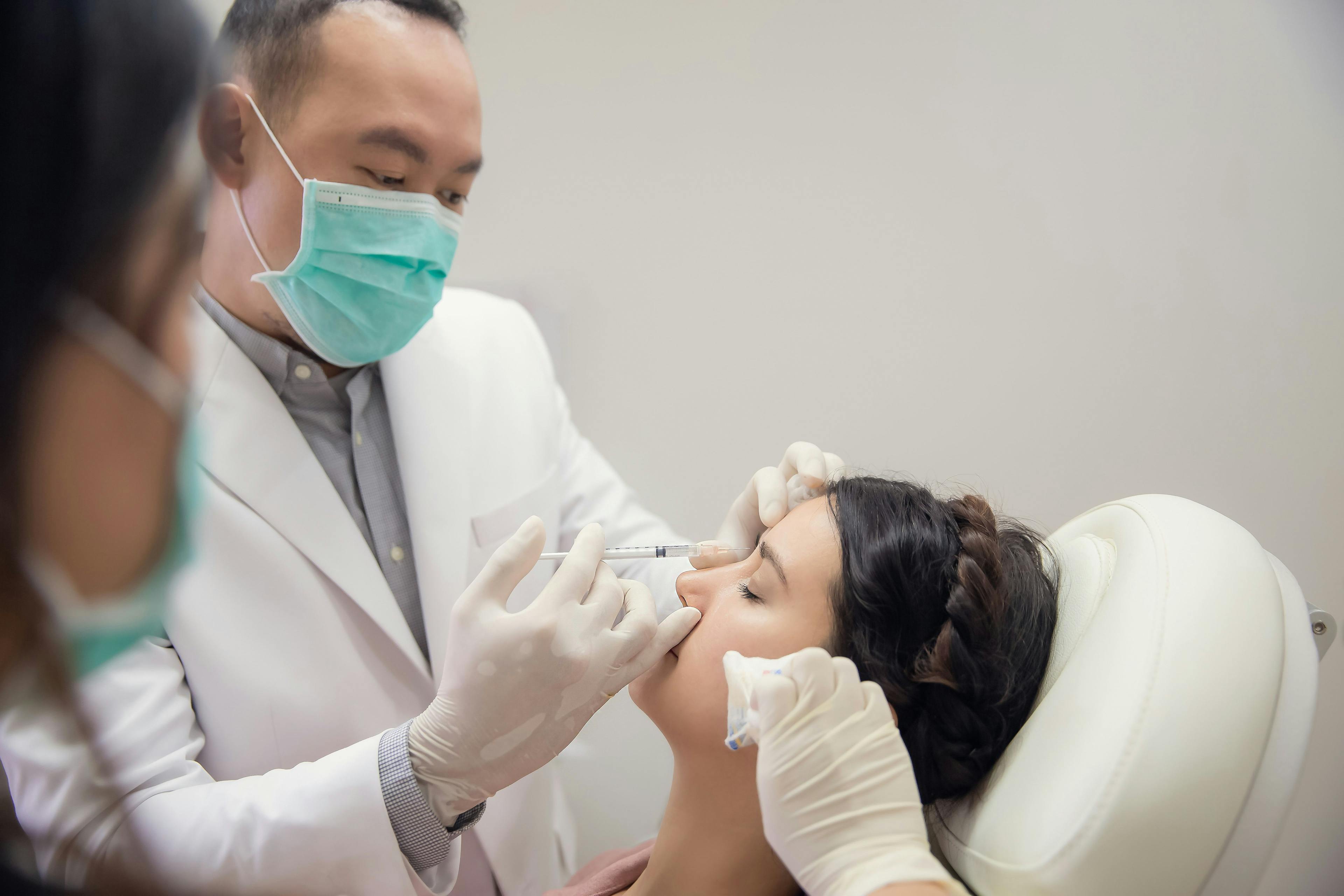- Acne
- Actinic Keratosis
- Aesthetics
- Alopecia
- Atopic Dermatitis
- Buy-and-Bill
- COVID-19
- Case-Based Roundtable
- Chronic Hand Eczema
- Chronic Spontaneous Urticaria
- Drug Watch
- Eczema
- General Dermatology
- Hidradenitis Suppurativa
- Melasma
- NP and PA
- Pediatric Dermatology
- Pigmentary Disorders
- Practice Management
- Precision Medicine and Biologics
- Prurigo Nodularis
- Psoriasis
- Psoriatic Arthritis
- Rare Disease
- Rosacea
- Skin Cancer
- Vitiligo
- Wound Care
Publication
Article
Dermatology Times
Tap the Tax, Savings Potential of Cash Balance Plans
O’Dell is the managing partner with OJM Group in Cincinnati, Ohio, a financial consultant, and the author of more than a dozen books on wealth management for doctors. Foos is a partner and lead tax consultant with OJM Group in Cincinnati, Ohio.
Cash balance plans (CBPs) are often referred to as today’s “modern retirement plans” because their use has grown rapidly in closely held businesses, including medical practices, during recent years. CBPs are a solution for high-income practice owners looking for tools that can provide them with significant short-term tax deductions along with strong long-term economics.
Carole C. Foos, CPA

A CBP is a qualified retirement plan (QRP) that can provide dermatologists with a way to increase tax deductions and simultaneously boost retirement savings.
In a CBP, a participating employee will have access to a certain sum upon reaching retirement. Let’s use $100,000 as an example. To get to $100,000 at retirement, the plan assumes a combination of employer contributions and compound interest overtime. When the employee retires, they can take the $100,000 either as a lump sum or as an annuity that pays a portion of the $100,000 in periodic payments.
Jason M. O’Dell, MS, CWM

CBPs are like traditional defined benefit plans in terms of the funding and reporting requirements. Minimum funding standards apply; there is a minimum annual employer contribution that is reported on the CBP’s tax form 5500. An actuary is required to calculate this contribution amount using a reasonable actuarial funding method and actuarial assumptions specified by the IRS. The employer can decide to con- tribute an amount between the minimum funding requirement and the maximum permitted deduction but should attempt to fund to the actuary’s recommended contribution level to meet the plan’s current benefit liability.
On the other hand, CBPs are different from traditional defined benefit plans that promise a specified monthly benefit amount at retirement (ie, 3% of pay per year of employment, payable at the retirement age of 67). CBPs define benefits in the form of an account balance, rather than a periodic amount. This can be helpful because employees always understand what they are entitled to under the CBP because it is a specific amount. Owners and employees both know what is going into the plan on their behalf and what will come out when they leave.
CBPs and 401(k)s are not mutually exclusive. In fact, a dermatology practice can typically utilize both types of plans simultaneously, “layering” a CBP on top of its existing 401(k).
Main Benefits of CBPs
There are 4 compelling reasons why dermatology practices are inter- ested in CBPs:
1. Significantly Increased Deductions for Plan Contributions
In 2021, 401(k)s are subject to maximum deductible contribution limits of $19,500, with profit-sharing plan limits at $58,000. (The catch-up contribution for those over age 50 is an additional $6,500 annually.) These limits increase slightly each year. Properly structured CBPs, on the other hand, can allow business owners to make tax-deductible contributions of $200,000 or more, potentially saving them $80,000 to more than $100,000 in income taxes annually.
2. Additional Costs Are Much Lower Than Additional Tax Savings
CBPs usually involve higher annual administration costs and higher employer contribution amounts for employees than 401(k)s and/or profit-sharing plans. Nonetheless, the tax savings typically dwarf these additional expenses, making the CBP extremely attractive.
3. Possible Second Level of Tax Deduction
For those whose income puts them above the new tax code’s qualified business income (QBI) threshold limits, a CBP can be a tool to reduce taxable income enough to qualify for the QBI deduction, creating 1 deduction that leads to a second deduction.
CBPs are powerful planning tools that provide larger contribu- tions than the QRPs most medical practices use today. CBPs can be attractive to practice owners who are looking for greater tax deduc- tions, asset protection, and superior retirement savings.
4. Greater Access to Top (+5) Asset Protection Level
As an exempt asset under federal law and most state laws, ERISA-qualified QRPs are protected at the highest (+5) level. Unless a CBP is put in place for only 1 owner, with no other employees, this ERISA protection will usually also apply to the CBP. With larger contribution levels allowed in the CBP, this means more wealth can be protected in the CBP than in most other QRPs.
Disclosure
OJMGroup,LLC(OJM) is an SEC registered investment adviser with its principal place of practice in the state of Ohio. SEC registration does not constitute an endorsement of OJM by the SEC nor does it indicate that OJM has attained a particular level of skill or ability. OJM and its representatives are in compliance with the current notice filing and registration requirements imposed upon registered investment advisers by those states in which OJM maintains clients. OJM may only transact practice in those states in which it is registered or qualifies for an exemption or exclusion from registration requirements.
For information pertaining to the registration status of OJM, please contact OJM or refer to the Investment Adviser Public Disclosure web site www.adviserinfo.sec.gov. For additional information about OJM, including fees and services, send for our disclosure brochure as set forth on Form ADV using the contact information herein. Please read the disclosure statement carefully before you invest or send money. This article contains general information that is not suitable for everyone.
The information contained herein should not be construed as personalized legal or tax advice, or as a recommendation of any particular security or strategy. There is no guarantee that the views and opinions expressed in this article will be appropriate for your particular circumstances. Tax law changes frequently, accordingly information presented herein is subject to change without notice. You should seek professional tax and legal advice before implementing any strategy discussed herein.

Newsletter
Like what you’re reading? Subscribe to Dermatology Times for weekly updates on therapies, innovations, and real-world practice tips.





























